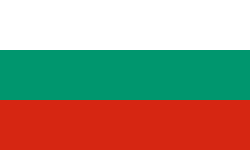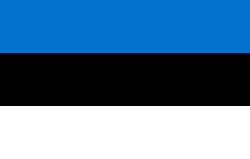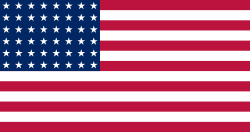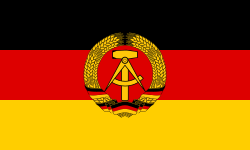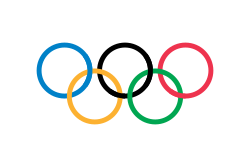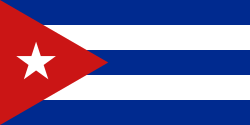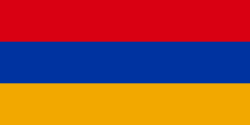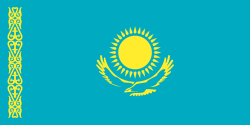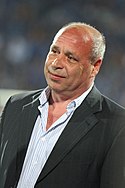Janko Rusev
| Janko Rusev | |
|---|---|
 | |
| Osobní informace | |
| Datum narození | 1. prosince 1958 (64 let) |
| Místo narození | Ivanski, Šumenská oblast |
| Občanství | |
| Sportovní informace | |
| Sport | vzpírání |
| Váhová kategorie | lehká váha |
| Tým | Volov Šumen |
| Některá data mohou pocházet z datové položky. | |
| Přehled medailí | ||
|---|---|---|
| zlato | LOH 1980 | do 67,5 kg |
| Mistrovství světa ve vzpírání | ||
| zlato | MS 1978 | do 67,5 kg |
| zlato | MS 1979 | do 67,5 kg |
| zlato | MS 1980 | do 67,5 kg |
| zlato | MS 1981 | do 75 kg |
| zlato | MS 1982 | do 75 kg |
| stříbro | MS 1977 | do 60 kg |
| stříbro | MS 1983 | do 67,5 kg |
| Mistrovství Evropy ve vzpírání | ||
| zlato | MS 1978 | do 67,5 kg |
| zlato | MS 1979 | do 67, 5 kg |
| zlato | MS 1980 | do 67,5 kg |
| zlato | MS 1981 | do 75 kg |
| zlato | MS 1982 | do 75 kg |
| stříbro | MS 1977 | do 60 kg |
| stříbro | MS 1983 | do 67,5 kg |
Janko Rusev (bulharsky Янко Русев, * 1. prosince 1958 Ivanski) je bývalý bulharský vzpěrač. Začínal s fotbalem a zápasem, ke vzpírání ho přivedl trenér Ivan Abadžijev. Na moskevské olympiádě v roce 1980 vyhrál soutěž v lehké váze v novém světovém rekordu.[1] Je také pětinásobným mistrem světa (v letech 1978, 1979 a 1980 v lehké váze, 1981 a 1982 ve střední váze) a pětinásobným mistrovství Evropy ve vzpírání z let 1978 až 1982, vyhrál také v lehké váze na soutěži Družba 84. V průběhu své kariéry vytvořil dvacet osm světových rekordů, jeho životním maximem ve dvojboji bylo 365 kg.
V roce 1984 ukončil kariéru, vystudoval Národní sportovní akademii Vasila Levského a pracuje jako trenér. V roce 1981 byl zvolen bulharským sportovcem roku, v roce 1993 byl uveden do síně slávy Mezinárodní vzpěračské federace a v roce 2009 obdržel řád Stará planina.
Reference
- ↑ Festival rekordů. Rudé právo, 24. 7. 1980 Dostupné online
Externí odkazy
- Janko Rusev v databázi Olympedia (anglicky)
 Obrázky, zvuky či videa k tématu Janko Rusev na Wikimedia Commons
Obrázky, zvuky či videa k tématu Janko Rusev na Wikimedia Commons - History of Olympic Weighlifting
Média použitá na této stránce
Olympic Rings without "rims" (gaps between the rings), As used, eg. in the logos of the 2008 and 2016 Olympics. The colour scheme applied here was specified in 2023 guidelines.
Olympic Rings without "rims" (gaps between the rings), As used, eg. in the logos of the 2008 and 2016 Olympics. The colour scheme applied here was specified in 2023 guidelines.
Flag of Germany with a 3:2 ratio, instead of 3:5. The 3:2 version was used by the German Confederation and the Weimar Republic. See Flags of the World for more information.
US Flag with 48 stars. In use for 47 years from July 4, 1912, to July 3, 1959.
(c) I, Cmapm, CC BY-SA 3.0
The flag of the Soviet Union (1955-1991) using a darker shade of red.
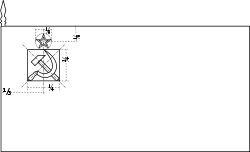
(c) I, Cmapm, CC BY-SA 3.0
The flag of the Soviet Union (1955-1991) using a darker shade of red.

Flag of Second Polish Republic and later People's Republic of Poland in period from March 29, 1928 to March 10, 1980. Red shade used here is HTML "vermilion" #E34234. Proportion 5:8.
Flag of Second Polish Republic and later People's Republic of Poland in period from March 29, 1928 to March 10, 1980. Red shade used here is HTML "vermilion" #E34234. Proportion 5:8.
Olympijská vlajka
Flag of the Germans(1866-1871)
Flag of the Germans(1866-1871)
Autor: Dragovit (of the collage), Licence: CC BY-SA 4.0
Both national flags of Austro-Hungary, the collage of flags of the Cisleithania (Habsburg Monarchy) and the Transleithania (Kingdom of Hungary)
bendera Indonesia
National flag and merchant ensign of Germany from 1933 to 1935.
National flag and merchant ensign of Germany from 1933 to 1935.
Vlajka České republiky. Podoba státní vlajky České republiky je definována zákonem České národní rady č. 3/1993 Sb., o státních symbolech České republiky, přijatým 17. prosince 1992 a který nabyl účinnosti 1. ledna 1993, kdy rozdělením České a Slovenské Federativní republiky vznikla samostatná Česká republika. Vlajka je popsána v § 4 takto: „Státní vlajka České republiky se skládá z horního pruhu bílého a dolního pruhu červeného, mezi něž je vsunut žerďový modrý klín do poloviny délky vlajky. Poměr šířky k její délce je 2 : 3.“
Flag of Iran. The tricolor flag was introduced in 1906, but after the Islamic Revolution of 1979 the Arabic words 'Allahu akbar' ('God is great'), written in the Kufic script of the Qur'an and repeated 22 times, were added to the red and green strips where they border the white central strip and in the middle is the emblem of Iran (which is a stylized Persian alphabet of the Arabic word Allah ("God")).
The official ISIRI standard (translation at FotW) gives two slightly different methods of construction for the flag: a compass-and-straightedge construction used for File:Flag of Iran (official).svg, and a "simplified" construction sheet with rational numbers used for this file.
Autor: Scroch, Licence: CC BY-SA 3.0
Flag of Bulgaria (1971-1990). Flag of Bulgaria with Bulgarian coat from 1971.
flag of the Kingdom of Egypt (1922–1953) and the Republic of Egypt (1953–1958).
Autor: Biser Todorov, Licence: CC BY 3.0
Yanko Rusev (Bulgarian: Янко Русев, born 1 December 1958) was an Olympic weightlifter for Bulgaria. In 1993 he was elected member of the International Weightlifting Federation Hall of Fame.[1]
